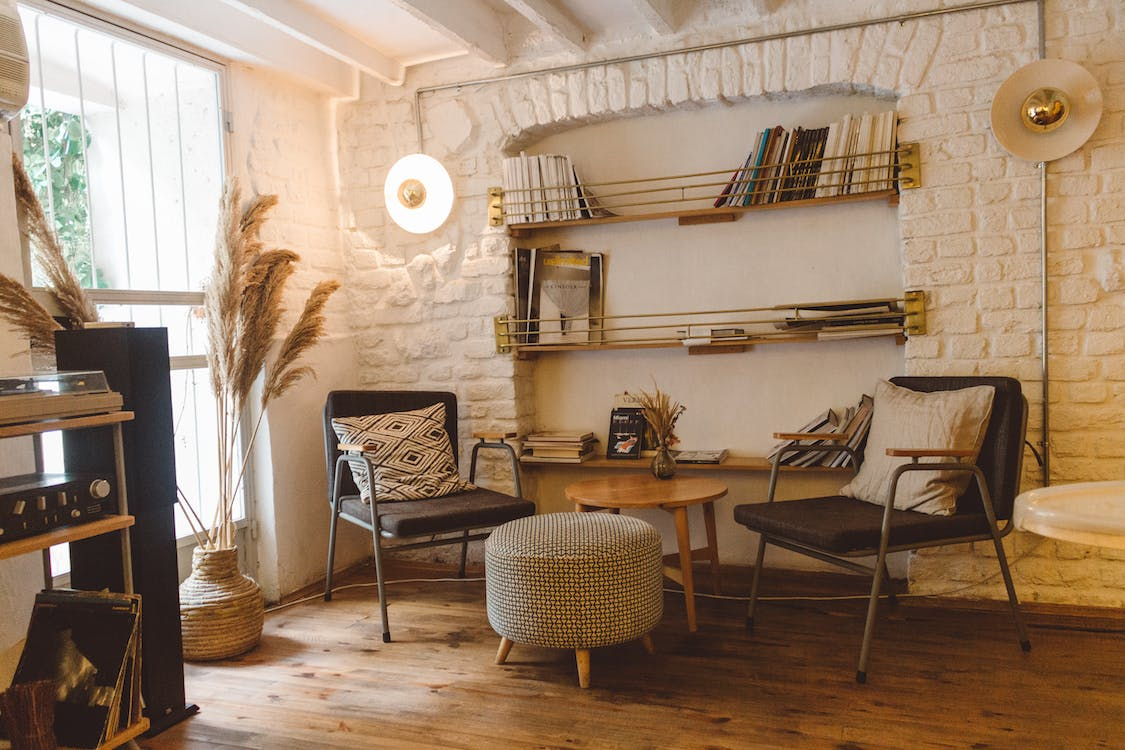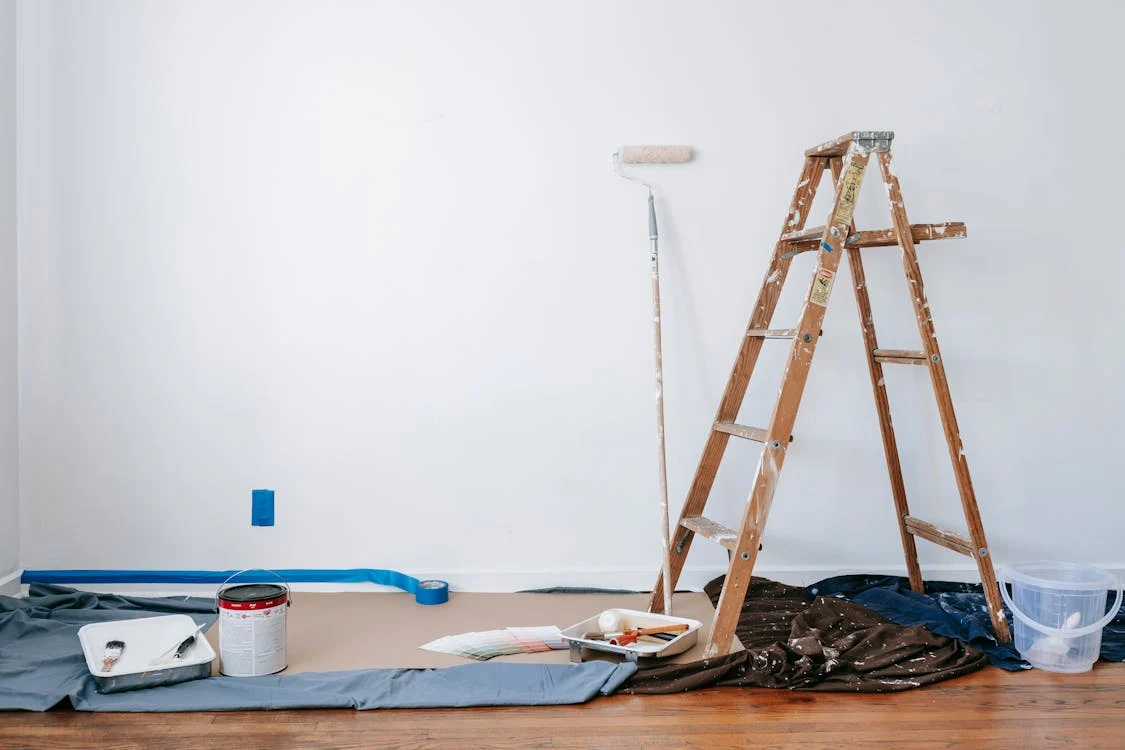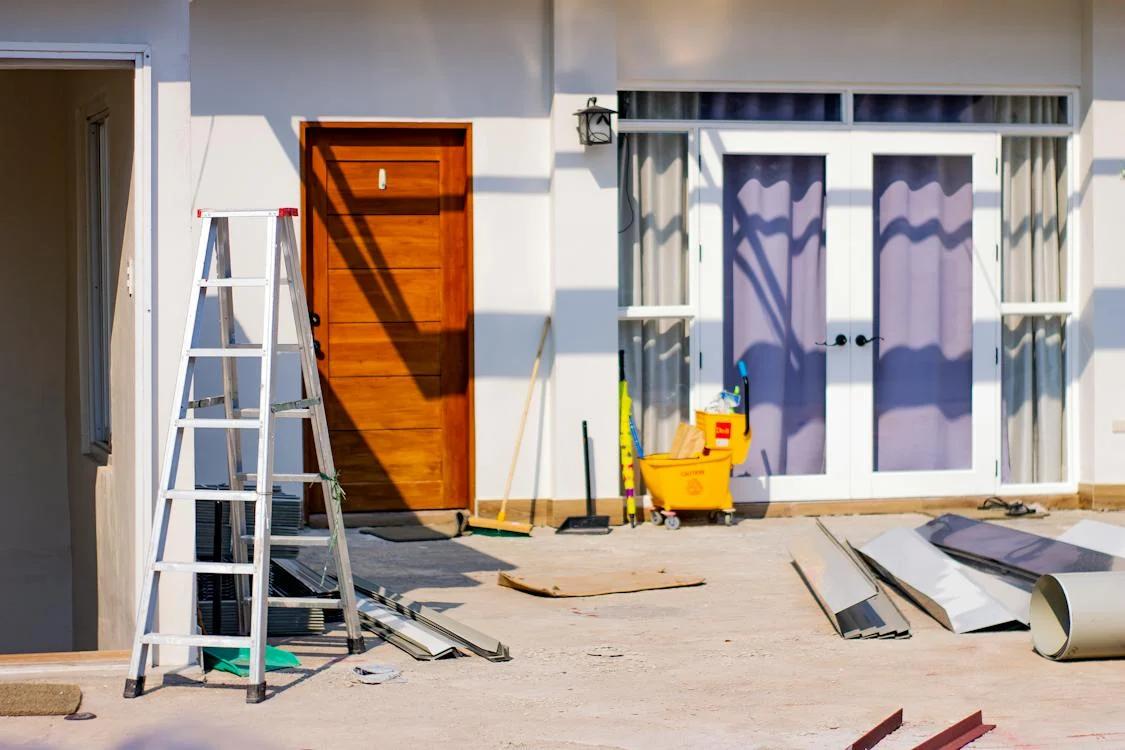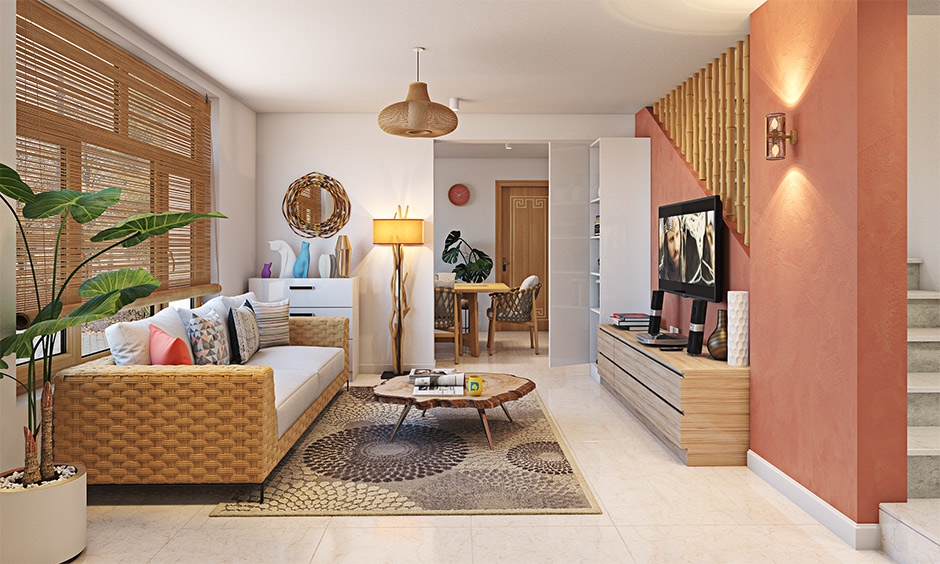Understanding Sustainable Home Design
Sustainable home design, also known as green building or eco-design, is an approach to architectural design that focuses on the efficient use of resources while reducing the environmental impact of buildings. It encompasses a variety of practices and techniques, all aimed at creating a more sustainable and eco-friendly living environment.
The key principles that define sustainable home design include:
- Energy Efficiency: Sustainable homes are designed to use energy more efficiently, reducing the reliance on non-renewable resources. This can be achieved through various means, such as the use of high-efficiency appliances, proper insulation, and the incorporation of renewable energy sources like solar panels.
- Water Efficiency: Water conservation is another crucial aspect of sustainable home design. This can involve the use of water-efficient fixtures, rainwater harvesting systems, and drought-tolerant landscaping.
- Material Efficiency: Sustainable home design also involves the use of eco-friendly and sustainable materials. These materials should be durable, recyclable, and sourced from local suppliers to reduce transportation emissions.
- Indoor Environmental Quality: A sustainable home should also provide a healthy indoor environment. This involves the use of non-toxic materials, adequate ventilation, and natural light.
- Site Design: The location and orientation of a home can significantly impact its sustainability. Sustainable site design involves considerations like maximizing solar gain in winter and minimizing it in summer, preserving existing vegetation, and reducing soil erosion.
Sustainable home design differs from traditional home design in its holistic and long-term approach. While traditional design may focus primarily on aesthetics and cost, sustainable design considers the entire lifecycle of a building and its long-term impact on the environment.
For instance, a sustainable home could integrate solar panels to harness renewable energy from the sun, significantly reducing reliance on non-renewable power sources and decreasing electricity bills.
In essence, sustainable home design is about creating homes that are not only beautiful and functional but also have a minimal environmental footprint.
Sustainable Home Design Contribute to Energy Efficiency
Sustainable home design significantly enhances energy efficiency, promoting environmental conservation and homeowner cost savings. It optimizes energy use, reduces waste, and minimizes energy footprint through passive design principles, energy-efficient appliances, and smart home technology.
Passive design leverages the site, climate, and materials to lower energy use. Energy Star-rated appliances and smart systems like thermostats and lighting further reduce energy waste by adjusting to homeowner schedules and occupancy.
A home employing these strategies would have a lower energy footprint than conventional homes, illustrating sustainable design’s potential to improve energy efficiency and offer cost savings.
Incorporating Sustainability into Your Home Renovation Project
How Can I Incorporate Sustainability into My Home Renovation Project?
Incorporating sustainability into a home renovation project involves a series of steps that require careful planning and research. The process begins with understanding the principles of sustainable home design and how they can be applied to your specific project.
Firstly, it’s important to conduct a thorough assessment of your current home’s energy efficiency. This can be done by hiring a professional energy auditor or using online tools. The assessment should cover areas such as insulation, heating and cooling systems, windows, doors, and lighting. The results of this assessment will provide a clear picture of where improvements can be made.
Next, consider the materials you plan to use in your renovation. Sustainable materials are those that are renewable, have low environmental impact, and are durable. Examples include bamboo, cork, reclaimed wood, and recycled metal or glass.
Water efficiency is another key aspect of sustainable home design. This can be achieved by installing low-flow fixtures, rainwater harvesting systems, and greywater recycling systems.
Lastly, consider the waste generated during the renovation process. Aim to minimize waste by planning carefully, reusing materials where possible, and recycling any waste that cannot be avoided.
Incorporating sustainability into your home renovation project not only contributes to environmental conservation but can also result in long-term cost savings.
Popular Sustainable Materials to Use in Home Design
Sustainable materials in home design are those that are eco-friendly and have minimal impact on the environment, both in their production and in their use. These materials are often renewable, recyclable, and energy-efficient.
Among the most sustainable materials in home design, each offers unique advantages alongside considerations to keep in mind. Homeowners need to consider these factors when choosing sustainable materials for their home design.
| Material | Advantages | Disadvantages |
|---|---|---|
| Bamboo |
|
|
| Recycled Metal |
|
|
| Cork |
|
|
| Reclaimed Wood |
|
|
| Recycled Glass |
|
|
| Natural Fiber Carpets |
|
|
The Cost and Benefits of Sustainable Home Design
Sustainable home design involves higher upfront costs due to specialized materials and technologies like solar panels, energy-efficient appliances, and quality insulation. These initial investments are offset by long-term savings such as reduced energy bills, lower maintenance costs, and potential tax incentives.
Despite the initial expense, the enduring financial benefits make sustainable home design a cost-effective option.
Government Incentives for Sustainable Home Renovation
Government incentives for sustainable home renovation vary widely depending on the country, state, or municipality.
In the United States, for example, the federal government offers a tax credit for energy-efficient home improvements known as the Residential Energy Efficient Property Credit.
Many states also offer additional incentives. For instance, in California, the Go Solar California initiative provides rebates for solar panel installations, and the Energy Upgrade California program offers incentives for comprehensive home retrofits that improve energy efficiency.
Homeowners need to research the specific incentives available in their area, as programs can vary widely. Additionally, some incentives may require the homeowner to work with specific contractors or to have the work inspected to ensure it meets certain standards.
Blending Style and Sustainability in Home Design
Maintaining a mole-free garden is an essential step towards creating a sustainable home environment. Moles, while a natural part of the ecosystem, can disrupt plant roots and create unsightly mounds in your garden, affecting both the aesthetics and health of your outdoor space.
For instance where a homeowner observes unusual lumps and holes in their yard, indicating mole activity, a professional approach involves conducting an online search for ‘mole pest control near me’. This action seeks to identify environmentally responsible solutions that align with the homeowner’s commitment to sustainability.
Additionally, planting mole-repellant flora such as marigolds or daffodils around the perimeter of your garden can naturally deter these burrowers. Implementing natural and humane strategies to deter these pests can promote a balanced ecosystem and enhance the productivity of your garden.
Finding a Sustainable Home Design Contractor
Finding a contractor who specializes in sustainable home design can be a crucial step in your renovation project. Here are some tips and strategies to help you in your search:
- Research and Recommendations: Start by doing some online research to find contractors in your area who specialize in sustainable home design. Look for reviews and testimonials from previous clients to gauge their reputation and quality of work.
- Check Credentials: Once you have a list of potential contractors, check their credentials. They should have relevant certifications and affiliations with professional bodies related to sustainable building and design.
- Interview Potential Contractors: Arrange meetings with your shortlisted contractors. Ask about their experience with sustainable home design, their approach to sustainability, and examples of past projects.
- Request quotes: The cheapest quote may not always be the best. Consider the contractor’s experience, quality of work, and commitment to sustainability when making your decision.
- Verify references: Ask the contractors for references from past clients. Contact these references to ask about their experiences, the quality of the contractor’s work, and their satisfaction with the completed project.
Harmonizing Style and Sustainability
Today’s homeowners crave spaces that blend elegance with eco-consciousness, a trend that marries the use of sustainable materials, energy-saving solutions, and cutting-edge designs to reduce environmental footprints while elevating home beauty.
This growing movement marks a pivotal shift towards green renovations in the housing industry, enhancing both the look and the ethos of our living environments.
Join the revolution that proves stylish interiors and environmental care go hand-in-hand. Start your sustainable home transformation today and lead the way to a greener, more stylish tomorrow.




